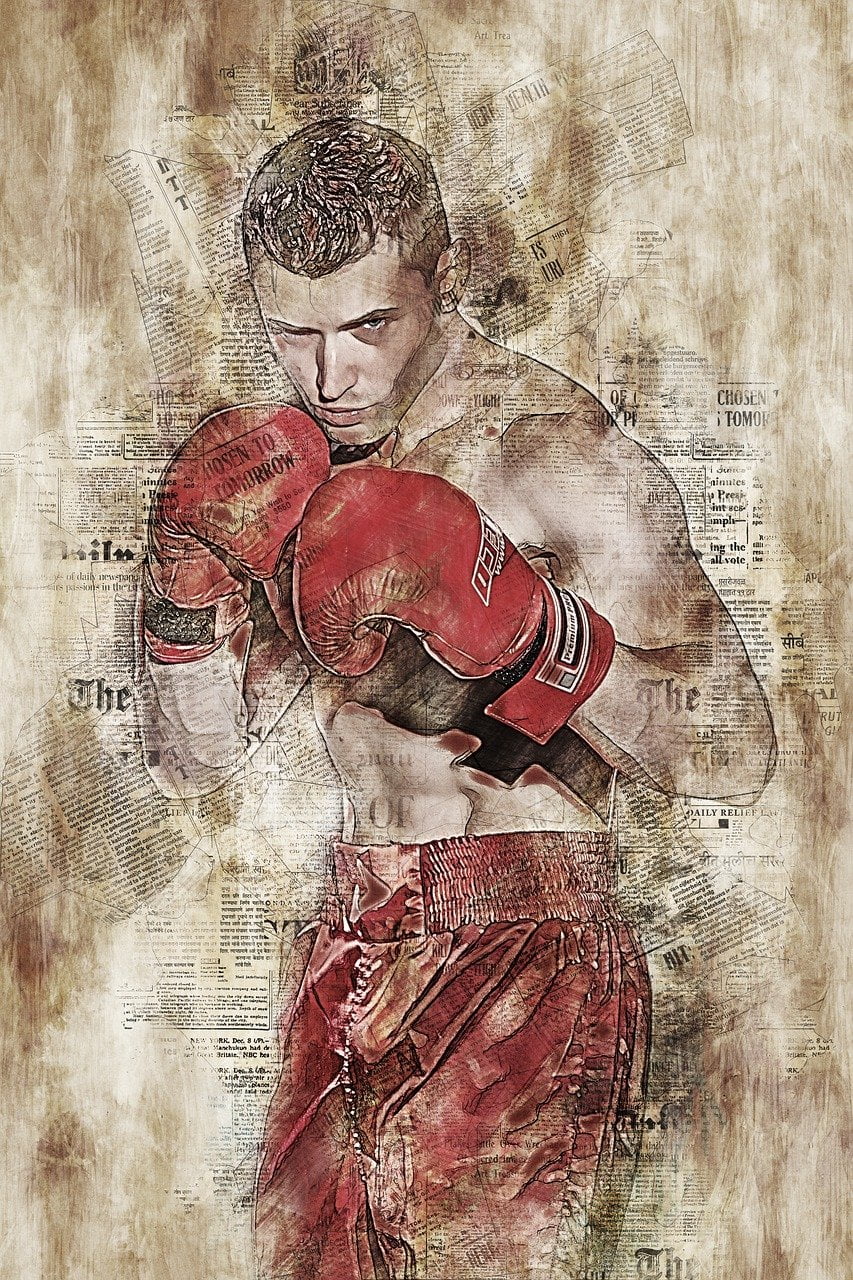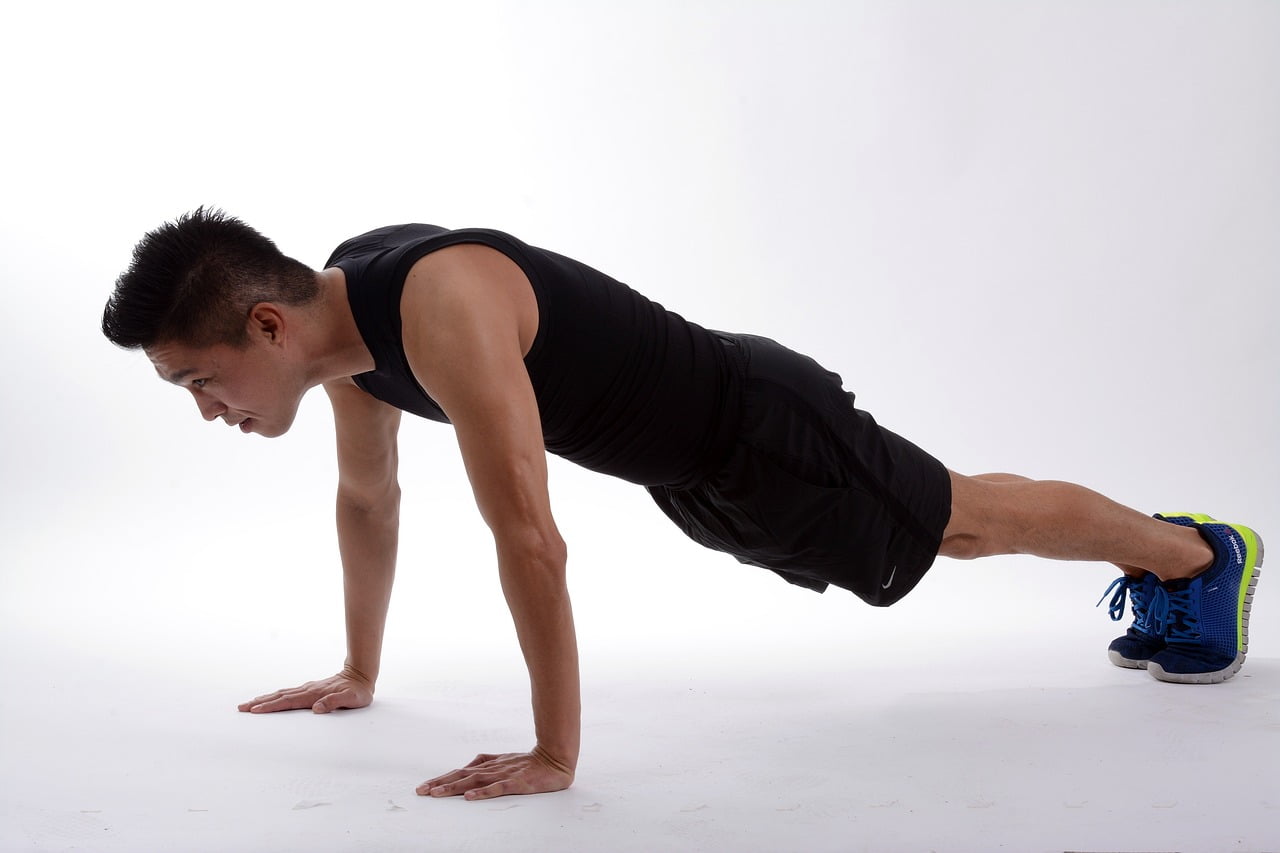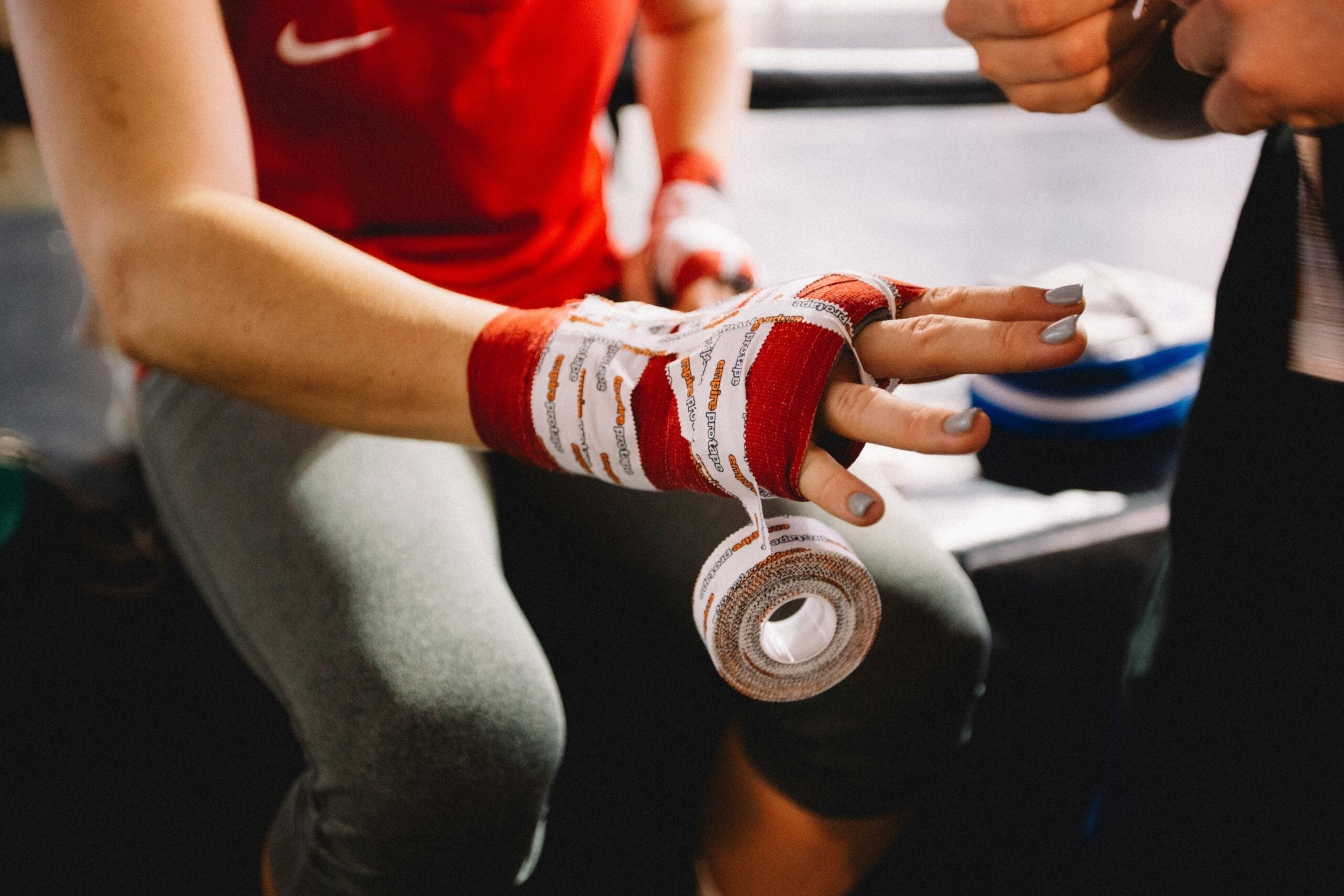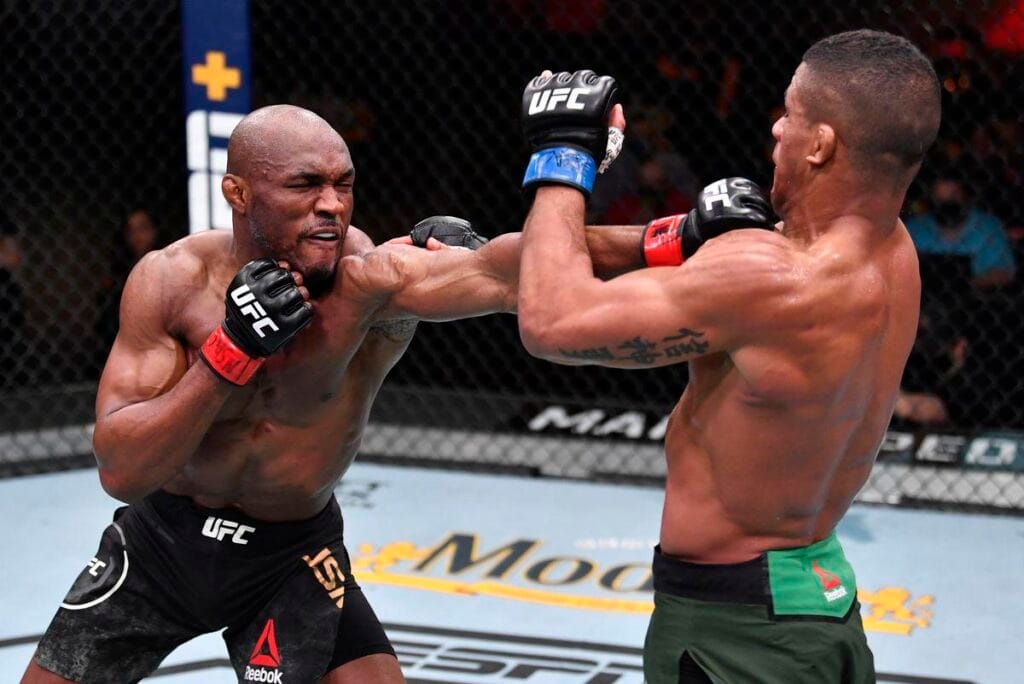Hand Wrapping MMA
Hand wrapping is a fundamental practice in martial arts, serving multiple critical purposes.
Primarily, it provides essential support and protection to the delicate bones and tendons in the hands and wrists.
This support not only helps in preventing injuries.
but also enhances the overall performance of martial artists by ensuring they can strike with greater force and precision without compromising their safety.
The concept of hand wrapping is not a modern innovation.
its roots can be traced back to ancient civilizations.
Historical records indicate that early forms of hand wraps were used by warriors and combat athletes in ancient Greece and Rome.
These early wraps were typically made from leather strips or other available materials.
serving to safeguard the hands during intense physical confrontations.
As martial arts evolved, so did the methods and materials used for hand wrapping.
In the contemporary context, hand wraps are commonly made from a blend of cotton and elastic fibers, offering a balance of comfort, flexibility, and durability.
Practice
The practice has been refined to cater to the specific needs of various martial arts disciplines, from boxing and Muay Thai to Brazilian Jiu-Jitsu and MMA.
Each style may have its unique approach to hand wrapping, tailored to the specific demands of the sport.
Moreover, the evolution of hand wrapping techniques and materials reflects the broader advancements in sports science and injury prevention.
Modern wraps are designed to distribute the impact of strikes more evenly, reducing the risk of fractures and sprains.
This not only extends the career longevity of martial artists but also contributes to safer training environments.
In summary, hand wrapping is an integral aspect of martial arts that has stood the test of time.
Its primary functions — providing support, preventing injuries, and enhancing performance — remain as relevant today as they were in ancient combat sports.

Understanding the historical and practical significance of hand wrapping is crucial for appreciating its role in modern martial arts competitions.
Rules and Regulations: Are Hand Wraps Allowed?
Hand wrapping is a common practice in martial arts, serving the dual purpose of protecting the hands and providing stability during combat.
However, the rules and regulations concerning hand wraps can vary significantly across different martial arts organizations.
Understanding these differences is crucial for competitors to ensure compliance and avoid penalties.
The International Boxing Association (AIBA), which governs amateur boxing, has explicit guidelines on hand wraps.
AIBA mandates that only specific materials and lengths of wraps are permissible.
Typically, competitors are required to use gauze and tape, with strict limitations on the number of layers applied.
This regulation aims to ensure uniformity and fairness while prioritizing the safety of the athletes.
MMA
In the realm of mixed martial arts (MMA), the Ultimate Fighting Championship (UFC) has its own set of rules regarding hand wraps.
The UFC permits hand wraps, but they must be applied under the supervision of an official.
Fighters are usually allowed to use a combination of gauze and tape, similar to boxing.
but the application process is carefully monitored to prevent any potential advantages or hazards.
The UFC’s regulations are designed to maintain a level playing field while safeguarding the fighters’ hands.
Other martial arts organizations, such as those governing Muay Thai or Brazilian Jiu-Jitsu, also have their own specific rules.
For instance, in Muay Thai competitions, hand wraps are generally allowed.
but the type and extent of wrapping can differ based on the sanctioning body.
Some organizations may permit traditional cotton wraps, while others may have stricter guidelines akin to those in boxing.
Overall, while hand wrapping is a widely accepted practice across various martial arts disciplines.
the specific rules and regulations can differ notably.
Competitors must familiarize themselves with the guidelines of their respective organizations.
To ensure compliance and enhance their performance within the legal framework.
By adhering to these regulations, athletes can protect their hands effectively while maintaining the integrity of the sport.
Boxing: Traditional Hand Wrapping Techniques
Hand wrapping in boxing is a crucial element for both safety and performance.
The techniques and materials used are designed to protect the hands and wrists from injuries while providing the necessary support for effective striking.
Traditional hand wrapping in boxing involves a methodical process, utilizing specific materials such as cloth wraps, gauze, and tape.
Typically, boxers begin with cloth wraps, which are usually around 180 inches long.
The wrapping process starts by placing a loop around the thumb to anchor the wrap.
The wrap is then wound around the wrist several times to provide stability.
Following this, the wrap is crossed over the back of the hand and looped around the knuckles.
ensuring the knuckles are well-padded.
The wrap continues to be crossed between each finger to maintain finger alignment and prevent the wrap from shifting during movement.
Gauze and tape are often used in professional settings, especially in competitions.
Gauze
wrapped in a similar manner to cloth wraps but is typically thinner, allowing for more layers and better molding to the hand’s shape.
Tape is then applied over the gauze to secure it in place, adding an extra level of rigidity and protection.
This combination is particularly effective at safeguarding the small bones in the hands and preventing common injuries such as fractures or sprains.
Proper hand wrapping is not only about protection but also about optimizing performance.
Well-wrapped hands provide a firm base for delivering powerful punches, enhancing a boxer’s striking ability.
Moreover, the snug fit helps in maintaining the integrity of the hand’s structure, which is essential during intense bouts.
In terms of competition-specific rules, boxing organizations often have regulations regarding the materials and methods used for hand wrapping.
These rules ensure a level playing field and the safety of all competitors.
For instance, the amount of gauze and tape allowed can be strictly regulated, and officials may inspect the wraps before a match to ensure compliance with these standards.
Mixed Martial Arts (MMA): Custom Hand Wrapping Practices
Mixed Martial Arts (MMA) incorporates a diverse range of techniques from various combat sports, necessitating unique hand wrapping practices distinct from those in traditional boxing 🥊.
In MMA, the hand wraps must accommodate both striking and grappling, demanding a balance between protection and flexibility.
Unlike boxing, where the primary focus is on safeguarding the hands from repeated impact, MMA wraps need to provide support while allowing for a full range of motion essential for grappling maneuvers.
The materials used in MMA hand wrapping typically include gauze and athletic tape, similar to those in boxing.
However, the application techniques differ significantly.
MMA fighters often employ a more streamlined wrapping style, ensuring that the wraps do not overly bulk up the hands and interfere with glove fit or grip.
The wrapping usually starts by securing the wrist, followed by wrapping the knuckles, and then threading between each finger.
This method ensures both protection and dexterity, vital for executing complex holds and submissions.
The necessity for flexibility in MMA wrapping stems from the sport’s dual nature.
While striking techniques require robust knuckle and wrist support.
grappling demands that the fingers and hands remain agile.
Therefore, MMA hand wraps often incorporate a strategic balance of tightness and elasticity, accommodating the diverse movements encountered in a fight.
Regulatory requirements in MMA also influence hand wrapping practices.
UFC
Organizations such as the Ultimate Fighting Championship (UFC) have specific guidelines regarding the length and type of materials permissible for hand wraps.

These regulations are designed to maintain fighter safety while ensuring fair competition.
For instance, the UFC mandates that hand wraps should not exceed a certain length and must be inspected by officials before the fight to confirm compliance.
In essence, the custom hand wrapping practices in MMA reflect the sport’s hybrid nature.
combining elements from various martial arts disciplines.
The emphasis on flexibility, alongside stringent regulatory standards.
ensures that fighters are both protected and capable of performing at their best.
Muay Thai: Hand Wrapping Rituals and Techniques
Muay Thai, often referred to as the “Art of Eight Limbs,” places significant emphasis on proper hand wrapping techniques.
Traditionally, fighters used hemp ropes known as ‘kaad chuek’ to wrap their hands.
This method offered minimal cushioning, focusing instead on fortifying the hand for combat.
The process of wrapping with ‘kaad chuek’ is deeply ingrained in the cultural and historical fabric of Muay Thai.
symbolizing a fighter’s preparedness and respect for their craft.
In contemporary Muay Thai, modern wraps have largely replaced the traditional hemp ropes, yet the ritualistic aspect remains.
These modern wraps, usually made of cotton and elastic, are designed to provide better support and protection to the hands and wrists.
Standard
The standard technique involves wrapping the wrist, knuckles, thumb, and between the fingers to ensure comprehensive coverage.
This not only safeguards against injuries but also enhances a fighter’s grip and striking power.
The act of hand wrapping in Muay Thai is more than just a preparatory step; it is a ritual that embodies the fighter’s mental and physical readiness.
Often, trainers or teammates assist in the wrapping process.
reinforcing the sense of community and mutual respect within the gym.
The ritual can also be a moment for fighters to focus and center themselves before a bout, reflecting on their training and the challenges ahead.
Governing bodies of Muay Thai, such as the World Muaythai Council (WMC) and the International Federation of Muaythai Associations (IFMA).
enforce specific rules regarding hand wraps to ensure fairness and safety.
These regulations dictate the length and material of the wraps, as well as the permissible methods of application.
Adherence to these guidelines is crucial, as improper wrapping can lead to disqualification or injury.
In essence, hand wrapping in Muay Thai is a blend of tradition, technique, and regulation.
Whether using traditional ‘kaad chuek’ or modern wraps.
the practice underscores the sport’s rich heritage and commitment to safety and respect within the ring.
Karate and Taekwondo: Minimalist Approaches to Hand Protection
In martial arts such as Karate and Taekwondo, the approach to hand protection tends to be minimalist.
These styles often emphasize bare-knuckle conditioning and light or no wrapping of the hands.
This minimalistic approach is deeply rooted in the philosophies and training methodologies inherent to these martial arts disciplines.
Karate practitioners, for example, traditionally focus on conditioning their hands to withstand the impact of strikes.

This is achieved through various training techniques such as makiwara practice.
where the hands are repeatedly struck against a padded wooden post.
By doing so, Karateka (Karate practitioners) toughen their knuckles and develop a strong, conditioned grip.
The philosophy here is that the natural conditioning of the hand is more beneficial in the long run than relying on external protections.
Similarly, Taekwondo, which emphasizes high and fast kicks along with hand techniques.
also follows a minimalist approach to hand wrapping.
The focus is often more on mobility, speed, and precision rather than heavy hand protection.
Light hand wraps, if used at all, serve the purpose of providing minimal support without hindering the agility required for the rapid movements characteristic of Taekwondo.
There are exceptions within these martial arts styles where hand wrapping might be employed.
For instance, during intense sparring sessions or competitions.
light hand wraps or protective gloves might be used to prevent injuries.
However, even in these cases, the protection is kept minimal to preserve the integrity of the techniques and the conditioning of the hands.
In summary, the minimalist approach to hand wrapping in Karate.
and Taekwondo is a reflection of the broader philosophy of conditioning and self-reliance.
By focusing on natural hand strengthening and maintaining the purity of techniques.
practitioners of these martial arts styles uphold traditions that prioritize internal development over external aids.
Safety Considerations: The Role of Proper Hand Wrapping
Proper hand wrapping plays a critical role in ensuring the safety of martial artists across various styles.
When executed correctly, hand wraps provide vital support to the complex structure of the hand and wrist.
significantly reducing the risk of injuries.
Among the common injuries that can be prevented with effective hand wrapping are fractures, sprains, and cuts.
Fractures can occur from the direct impact of striking, while sprains often result from the excessive twisting or bending of the wrist.
Cuts and abrasions, although less severe, can still hinder performance and recovery.
To maximize the protective benefits, it is essential to ensure that wraps are both secure and comfortable.

A well-applied wrap should be tight enough to provide stability but not so tight that it restricts blood flow or causes discomfort.
Starting from the wrist, the wrap should be methodically applied around the hand and fingers, ensuring each layer is smooth and even.
Particular attention should be given to the thumb and knuckles.
as these areas are prone to high-impact forces.
In addition to injury prevention, training with wrapped hands is crucial for building familiarity and confidence.
Martial artists should incorporate hand wrapping into their regular training routines.
This practice helps in acclimatizing to the feel of the wraps and ensures that the technique becomes second nature.
Moreover, frequent practice allows athletes to experiment with different wrapping methods and materials.
ultimately finding the most effective and comfortable approach for their specific needs.
In conclusion, proper hand wrapping is indispensable for the safety of martial artists.
Whether it is protecting against fractures, sprains, or cuts.
the correct application of hand wraps is a fundamental aspect of training and competition.
By prioritizing this aspect of preparation.
practitioners can significantly enhance their performance and longevity in the sport.
Conclusion: The Importance of Knowing Your Style’s Hand Wrapping Rules
In conclusion, understanding the hand rapping rules specific to your martial arts style is paramount for both safety and performance.
Different martial arts disciplines have varied regulations and techniques for hand wrapping.
which are often governed by official bodies overseeing the sport.
Whether you are practicing boxing, Muay Thai, karate, or mixed martial arts (MMA).
adhering to these guidelines is essential to ensure fair competition and minimize the risk of injury.
Hand wrapping serves multiple functions, including providing support to the wrist and knuckles, reducing the risk of fractures.
and enhancing overall hand stability.
Knowing the specific requirements of your martial art’s governing body can prevent potential penalties or disqualification in competitions.
Therefore, it is prudent to familiarize yourself with the detailed rules and approved methods of hand wrapping for your particular style.
Beyond rule adherence, proper hand wrapping technique is crucial for personal safety.
Incorrect wrapping can lead to inadequate protection.
increased susceptibility to injuries, and long-term damage.
As such, it is advisable to seek guidance from experienced practitioners or coaches who can offer tailored advice and demonstrate the appropriate techniques.
This hands-on learning approach ensures that you master the correct methods.
and can apply them effectively during training and competitions.
Ultimately, prioritizing both safety and proper technique in hand wrapping fosters a disciplined and professional approach to martial arts.
It reflects respect for the sport, your opponents, and your own well-being.
By staying informed and practicing diligently.
you contribute to a safer and more enjoyable martial arts experience for everyone involved.



